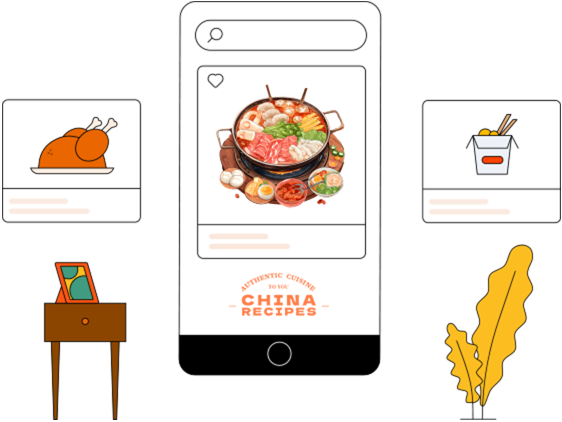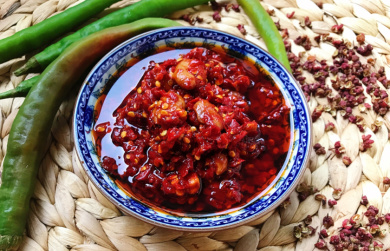How to Cook Flanken Style Ribs in Oven: Full Cooking Instructions
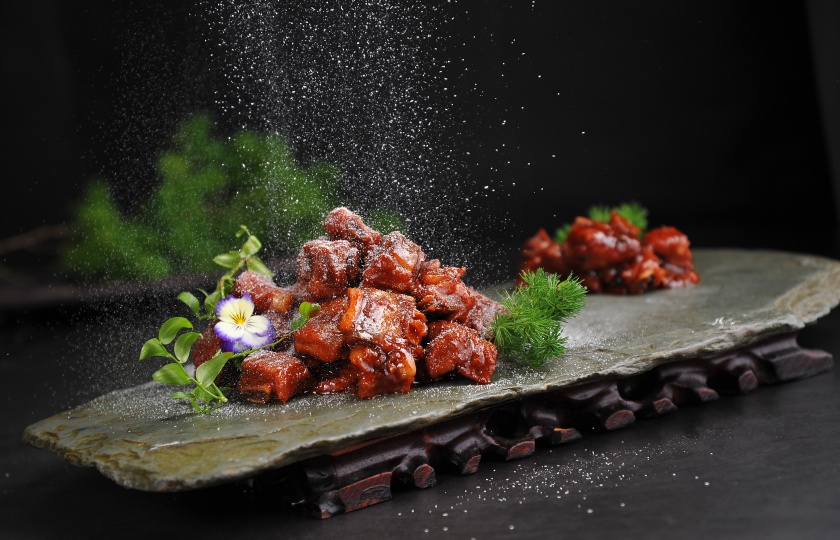
Using the oven to cook flanken style ribs not only helps avoid excess fat but also keeps the ribs tender and flavorful. Let’s take a look at the cooking method.
Step 1: Choose the Right Ribs
Flanken style ribs are typically cut thin, with several bones running through each piece. When selecting, make sure the meat is firm and fresh with a natural color. The fat should be evenly distributed, ensuring better texture and flavor after cooking.
Step 2: Marinate for Flavor
Marinating the ribs in advance is key. You can use salt, black pepper, minced garlic, onion powder, and a little bit of chili powder or barbecue sauce for seasoning. Rub the marinade evenly over the ribs, then place them in a sealed bag or container and refrigerate for at least 2 hours, preferably overnight. This allows the ribs to absorb the flavors and tenderize, enhancing the taste.
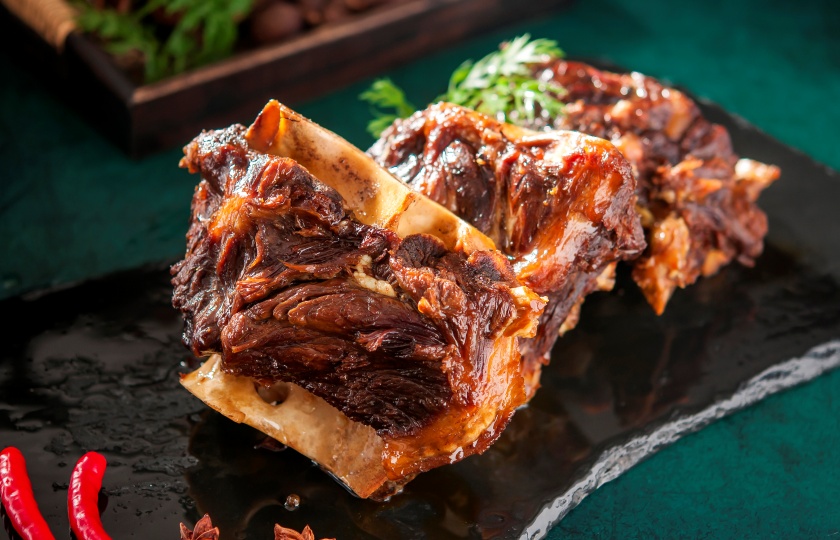
Step 3: Preheat the Oven
Always preheat the oven before cooking the ribs. Set the temperature between 160°C and 180°C. This range is perfect for slow cooking, ensuring the ribs become tender while gradually releasing their flavors. Preheating also ensures the ribs start cooking at an even temperature, preventing uneven cooking or tough spots.
Step 4: Slow Roast for Flavor
Place the marinated ribs neatly on a baking tray, ideally lined with aluminum foil for easy cleanup. Put the tray into the preheated oven and slow roast at a low temperature for about 2 to 3 hours.
During the cooking process, you can periodically remove the ribs and brush them with any remaining marinade or barbecue sauce. This helps enhance the flavor and moisture of the ribs’ surface. Roast until the surface begins to caramelize slightly for a richer taste.
Step 5: Check for Doneness
It's important to check the doneness during cooking. You can gently pierce the thickest part of the meat with a fork or small knife to see if it’s become tender and if the meat near the bones easily pulls away.
Alternatively, use a meat thermometer: when the internal temperature reaches around 85°C, the ribs will be incredibly tender and ready to eat. If you prefer a slightly chewier texture, you can shorten the cooking time slightly, but it’s recommended not to go below 2 hours.
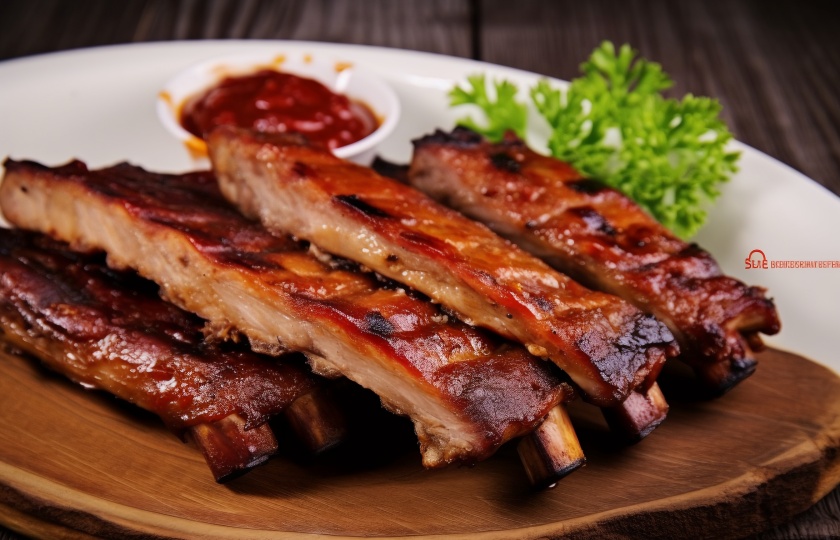
Step 6: Final Flavor Boost
After removing from the oven, you can return the ribs to a high-temperature oven for a few more minutes or quickly grill them to make the surface even crispier. Once slightly cooled, sprinkle with some freshly chopped cilantro or green onions for a burst of fresh aroma and flavor.
Are flanken style ribs suitable for low and slow cooking in the oven?
Flanken style ribs are very suitable for low and slow cooking in the oven. The low-temperature slow-cooking method not only makes the meat more tender but also allows the flavors to penetrate the ribs more thoroughly.
The benefit of slow cooking at low temperatures is that the meat retains more of its natural juices over a long period, preventing the exterior from becoming dry. For ribs, slow cooking helps loosen the connection between the meat and the bone, making it so tender that it can easily fall off the bone, resulting in an excellent texture.
This method not only keeps the meat tender but also allows the seasoning to permeate each piece, resulting in ribs that are flavorful, aromatic, and perfectly cooked.
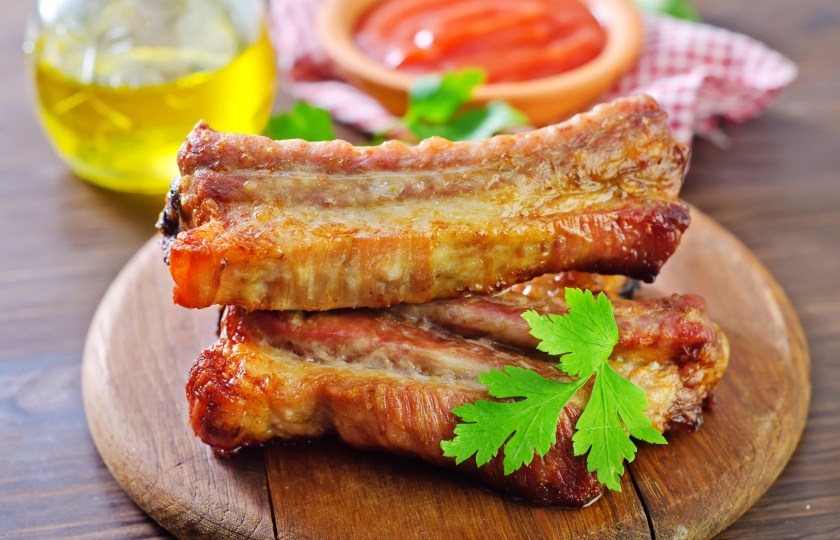
Should you add steam or water when cooking flanken style ribs in the oven?
Yes, adding water when cooking flanken style ribs in the oven is a great idea. The water helps keep the ribs moist and prevents them from drying out. By adding water, the ribs can absorb moisture during the slow cooking process, which helps maintain a tender texture.
You can add some water to the bottom of the baking tray or cover the ribs with foil, creating a steam-like environment. The steam will help keep the meat moist, especially during the long slow-cooking process, effectively preventing the meat from becoming dry and tough.
If you want the ribs to have a slightly crispy surface, you can remove the foil toward the end and continue baking at a higher temperature for a few more minutes to achieve a beautifully caramelized and crispy exterior.
Why are my flanken ribs still tough?
If your flanken ribs are still tough, it might be because they haven't cooked long enough or the temperature was too high. Slow cooking is the best way to make these ribs tender.
You can place them back in the oven and cook at a low temperature for a longer period, or switch to a slow cooker and cook on low for several hours. This will help break down the connective tissue, making the meat tender and flavorful.
Also, remember to add some liquid, like water, beef broth, or a bit of sauce, to prevent the meat from drying out and keep it moist.
You can also try marinating the ribs in advance to allow the flavors to soak in, which can help tenderize the meat as well.
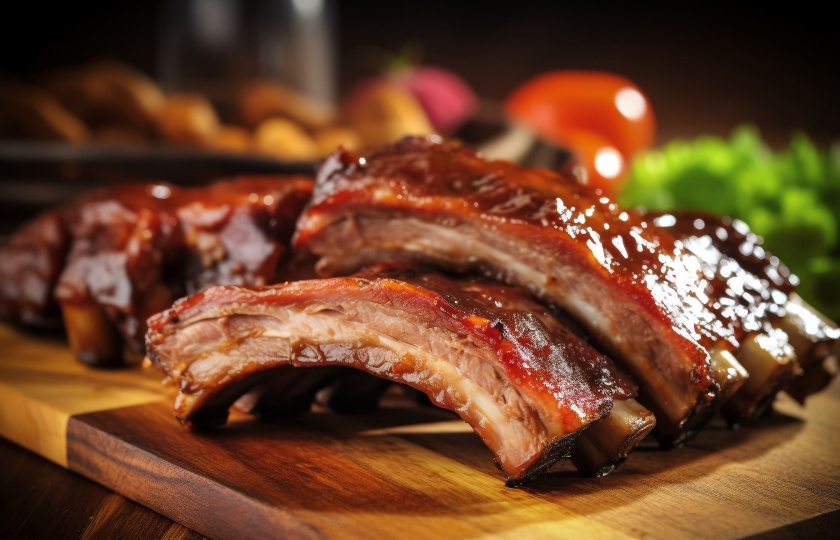
What is the difference between short ribs and flanken?
Meat Location: Short ribs come from the rib area of the cow, while flanken ribs typically refer to a portion of pork ribs, specifically near the pork rib section. Short ribs are better suited for grilling or pan-frying, while flanken ribs need longer cooking times, like braising or slow-roasting, to tenderize the meat.
Texture and Taste: Short ribs have a relatively tender texture with a good amount of fat and meat marbling, making them ideal for quick grilling or frying. Flanken ribs, on the other hand, have higher fat content and a denser texture, offering a richer flavor but requiring longer, slow cooking (like braising or low-temperature roasting) to achieve the ideal tender result.
Cooking Method: Due to the tenderness of short ribs, they are typically cooked at high heat for a short time, such as grilling or pan-searing. Flanken ribs require slow cooking at low temperatures to break down the connective tissue and become tender, making them perfect for braising, slow-roasting, or low-temperature baking in the oven.





